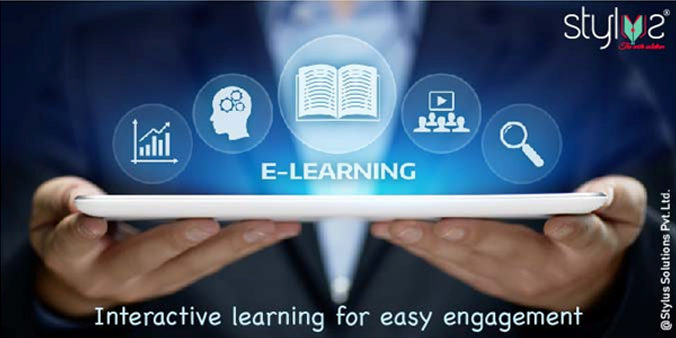“We need to bring learning to people instead of people to learning.” – Elliot Masie
E-learning or internet based learning can be defined as education for the masses over the internet, automatically placing power in the hands of an e learning developer. E-learning content development companies in Mumbai cater to the expectation of learners to make learning fun.
Learning is better when it’s fun. The increase in eLearning companies in India is a proof of the revolution being witnessed in the educational systems. Gone are the days when being part of a classroom was considered mandatory in the process of receiving quality education. Now, technology has made it possible to receive standard teaching from the comforts of your home, as long as you are keen on learning.
Let us acquaint ourselves with the various do’s and don’ts an instructional designer has to follow to build a good e-learning module. Keeping this in mind, let us familiarize ourselves with some facets of educational learning.
- Know your audience:
Any instructional designer worth his salt knows that this aspect is paramount. Knowing your audience will help you familiarize with the content you are supposed to devise. Start by answering these questions – Who are we writing for? What are they going to derive from this course? How will the information be used – in their career or for the purpose of learning? If your content satisfyingly answers these questions, you have a winner in your hands!
- Divide Content into Easily Digestible Pieces:
Most students signing up for a course are usually beginners. So the prime expectation they have from the course developer is that it will be written in a simple, understandable format without the use of unnecessary technical jargons. Use of complicated language or long unnecessary sentences might hinder the smooth learning process. It is of absolute importance that the content written is informative and easy to understand, to support the ongoing learning process. A crucial tool a writer can incorporate is the procedure of“chunking”. Breaking up information is termed as “chunking”. Chunking basically is dividing content into topics to create a sequence that goes from simple to more in-depth concepts, smoothening the process of learning.
- Don’t Mix Different Graphic Styles:
As a developer it is imperative for you to remember that no matter how much creativity you want to exhibit, in the end it is all about the learners. Using variety in colors, shapes, font and layouts can be very distracting. Therefore maintaining uniformity in the document will make for a good reading and making your readers rely on your publication.
- Curating Relevant Titles
While reading a document how do you identify the relevant part that requires reading? The titles segregate the subject matter in an easier, palatable manner. Improper confusing titles make the process harder, acting as a diversion in the process of learning that goes against the intended goal.
- Remember that Writing Styles should be Fluid and Adaptable
It is imperative for the writing style to be adaptable for the students. The kind of language you will use for a corporate online training program will be different from that for younger adult subject book. Changes in the writing style pave way for the tone of the read. Smoother changes make for an easier read.
Keeping these pointers in mind will help build an effective an e-learning module. Our content writers at Stylus can guide you further on this aspect.
